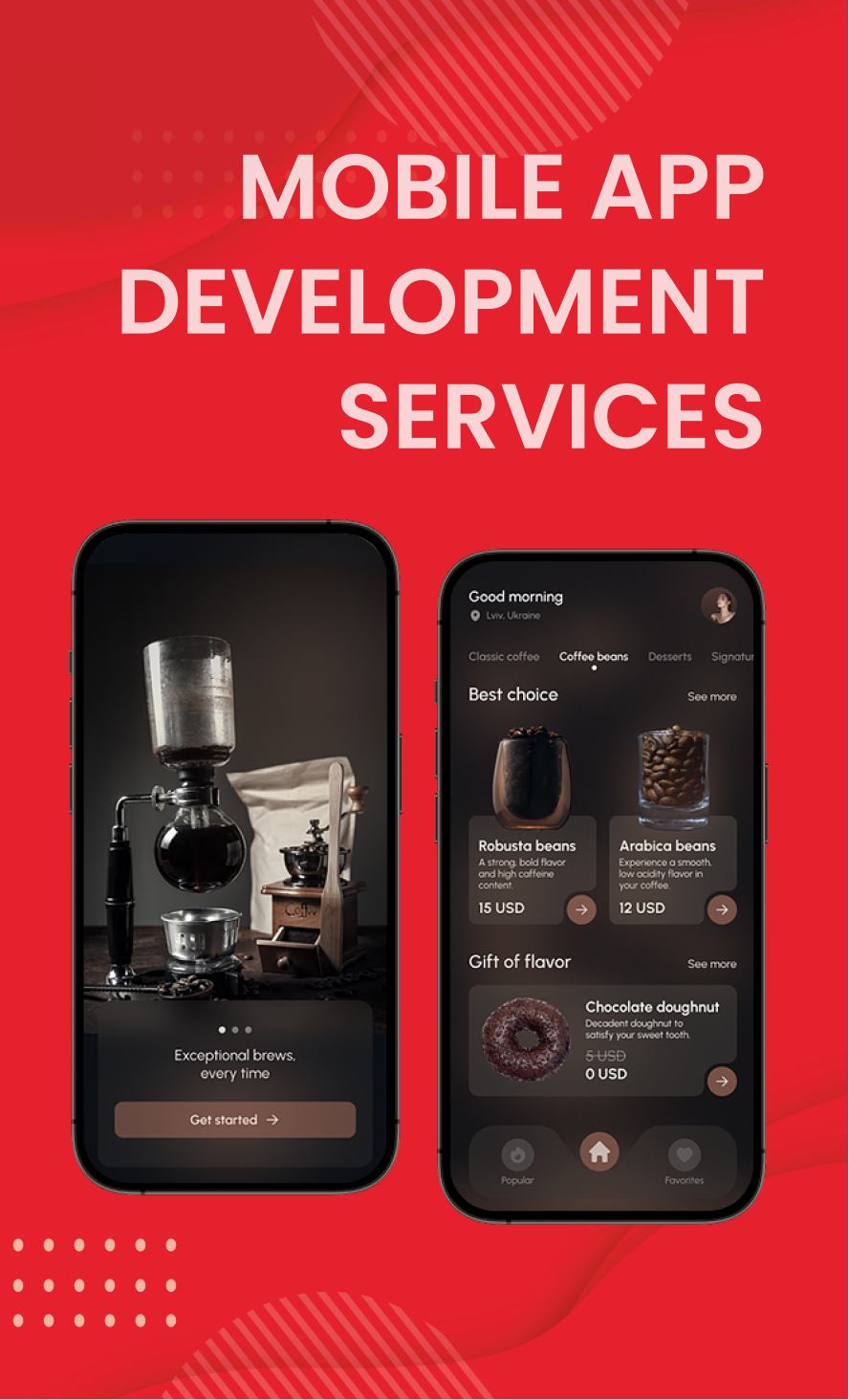The ADVN Blog - Where we inspire business
Where you learn TechNews
News & Insights
Articles and updates on mobile, web, enterprise software, and e‑commerce.
How Chatbots Reduce Customer Support Workload While Improving Customer Experience
Sep 23, 2025

Customer‑service chatbots automate intake and routine requests, significantly reducing workload for human agents while keeping responses fast and consistent.
As e‑commerce and online business continue to expand, the volume of messages, emails, and calls from customers is rising fast — often overwhelming support teams. Chatbots have emerged as a powerful tool to automate workflows, lower operating costs, and improve the customer experience.
Why do chatbots reduce CS workload?
- 24/7 availability: Always on, even outside business hours.
- High throughput: Can converse with hundreds — even thousands — of customers at once.
- Cost savings: Less need to expand the CS team; better resource allocation.
- Omnichannel integration: Unified support across website, Facebook Messenger, Zalo, and mobile apps.
- Consistency & measurement: Standardized flows keep responses consistent and measurable for continuous optimization.
How do chatbots support human CS agents?
- Answer FAQs: Delivery times, return policies, order status — automated and immediate.
- Auto triage & routing: Collect details, classify (tech, warranty, payments), and route to the right team.
- Sales assistance: Use data and AI to recommend products and handle upsell/cross‑sell.
- Streamlined transactions: Place orders, check order status, and verify service status right in chat.
- Collect initial context: Name, intent, phone, order ID — so agents can resolve faster and with fewer clarifying questions.
When should humans step in?
- Escalations and negative experiences that need empathy and nuanced handling.
- Exceptions involving special policies that require flexibility.
- Situations that demand personalized consultation and human judgment.
The ideal split: chatbots handle 70–80% of routine requests; human agents focus on the remaining 20–30% — complex cases that require soft skills and create standout experiences.
What it takes for chatbots to be effective
- Clear, well‑structured flows: natural, logical conversation design.
- AI/NLP: to understand context and respond more like a human.
- CRM/ERP integration: synchronized customer data for seamless hand‑offs to human agents.
- Continuous improvement: track success rates and customer feedback to iterate.
Real‑world examples
- E‑commerce: Chatbots resolve up to ~75% of common questions (order status, shipping fees, returns), reducing CS workload by nearly 40%.
- Logistics: Chatbots enable order tracking in chat; humans step in mainly for delivery incidents.
Overall benefits
- Faster responses with consistent information.
- Lower workload for agents, letting them focus on complex cases.
- Reduced operating costs and easier scale‑up across channels.
- Improved customer experience across web, social, and mobile.
Conclusion
Customer‑service chatbots are no longer a trend but a practical solution to optimize resources. Implemented well, they can significantly reduce agent workload, cut costs, and deliver better experiences.
Reference: ADVN: How chatbots reduce CS workload while improving CX
Related Blog Posts
Best Practices for Optimizing Mobile App Performance
May 29th, 2023
The Evolution of Programming Languages
May 20th, 2023





